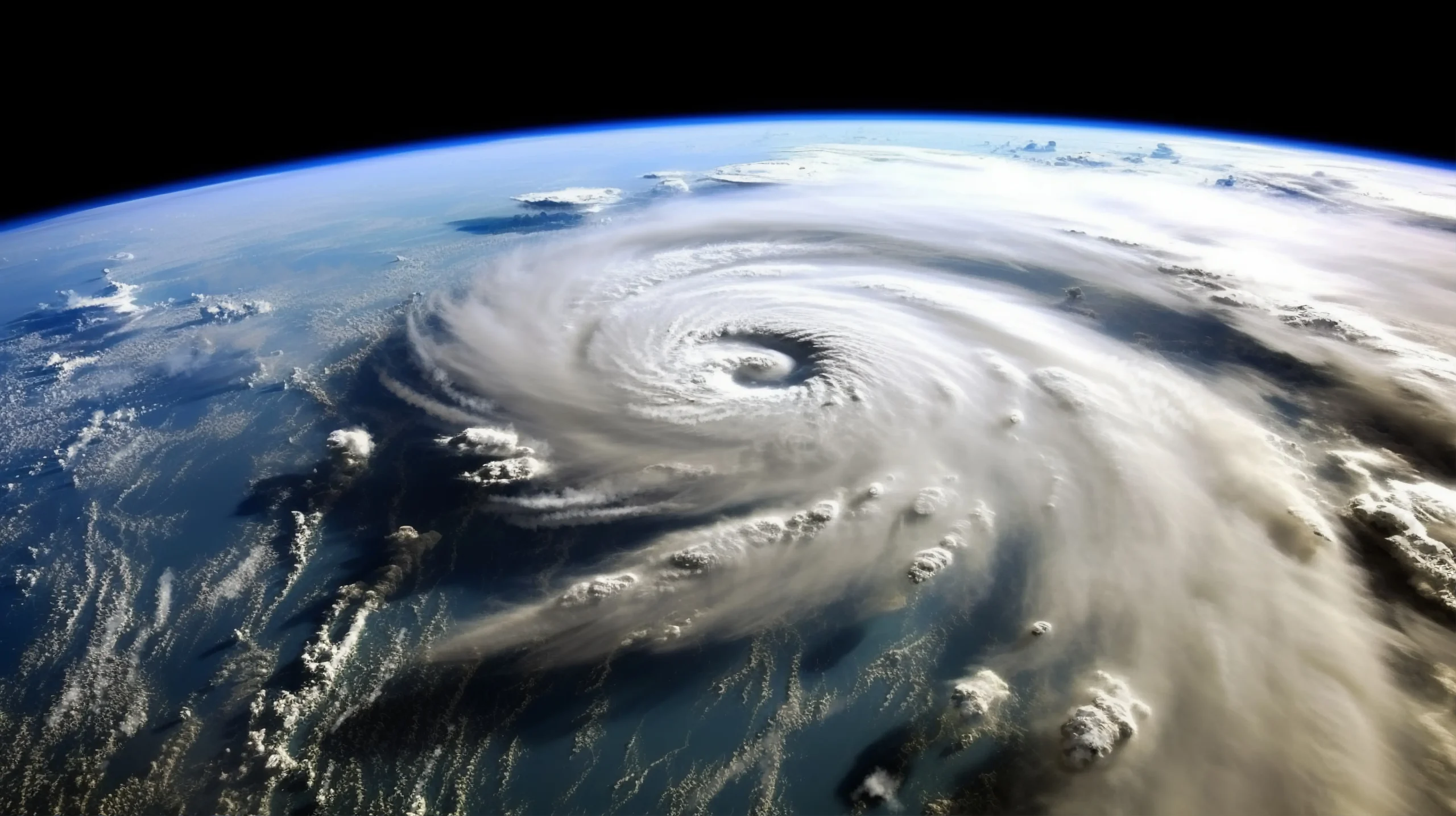Introduction
Typhoon Kajiki made its way to Vietnam on August 25, 2025, one of the strongest storms to hit the country, bringing violent winds, severe rain, and catastrophic flooding. While circum-navigating China’s Hainan Island, the Typhoon forced the evacuation of thousands of people, damaging roads, buildings, and public facilities. In this blog, I aim to discuss Typhoon Kajiki’s impact, the preemptive measures that were put into place, and the response measures that are currently in action.
The Path and Intensity of Typhoon Kajiki
Typhoon Kajiki sparked to life on August 23 in the South China Sea, picking up steam and reaching winds of 166 km/h. While that is only the strength of a Category 2 hurricane, it is still one of the most powerful storms to hit, and it didn’t stop there. While moving in the general direction of China’s Hainan Island, it triggered the top tier of China’s weather warning system and practically brought the area to a stand still due to flooded and blocked roads.
Typhoon Kajiki’s path continued towards Vietnam’s north-central coast, and on August 25, it impacted the Nghe An and Ha Tinh provinces. While wind speeds had decreased to 118 km/h, the two provinces were still hit with the storms powerful rain and surges.
Key Facts About Typhoon Kajiki
Wind Speeds: 166 km/h to 118 km/h at landfall.
Rainfall: Anticipated to hit 500 mm in some areas, with a few areas surpassing 600 mm.
Storm surges: Forecasted to 1.5 meters with a total of 3.5 meters in low-lying areas.
Evacuations and Preparedness Measures
Due to the Hefty Typhoon, Vietnam, who deals with 5-6 typhoons a year, initiated extreme preemptive evacuations alongside Typhoon Kajiki. The government removed 586,000 people from the coastline, these included the provinces of Thanh Hoa, Nghe An, Ha Tinh, Quang Tri, Hue and Da Nang.
Emergency Response Efforts
Military Actions: The 586,000 people that were removed were due to the employment of 16,500 soldiers and 107,000 paramilitary people that were put on Standby to assist with evacuations and search and rescue.
Public Beaches were closed alongside the cancellation of dozens of flights, with the remaining schools still in session. These were also attended and closed by the beaches.
Public Safety: Residents were informed to stay indoors from 11am to 6pm in their local time.
Consequences for Vietnam and China
Vietnam
Typhoon Kajiki resulted in widespread tree damage, flooding of residential areas, and electricity interruptions in several regions. Coastal villages like Cua Lo reported 2-meter-high waves that were flooding roads and damaging some of the infrastructures. Many people still worried about flash floods and landslides in the next few days in 400 communes in 6 provinces.
One of the residents in Vinh city, which was one of the direct areas impacted by the storm, shared, “I have never heard of a typhoon of this big scale coming to our city. I am a bit scared, but then we have to accept it because it’s nature—we cannot do anything”.
China
Typhoon Kajiki was responsible for the rampant disruption in China’s Hainan Province which included the stoppage of businesses and public transport in one of the tourist hubs Sanya. People were also moving to seek shelter in the underground garages, and large trees were uprooting which left roads littered with debris. While some alerts were lifted on the latter portion of the week, there was still consistent heavy rain and localized flooding.
Comparison to Previous Typhoons
Typhoon Kajiki was likened to Typhoon Yagi which struck Vietnam in 2024, causing widespread destruction. Yagi, which came ashore as a Category 4 hurricane, claimed around 300 lives and caused $3.3 billion in damages. Although Typhoon Kajiki was less intense, the toll it would take on vulnerable coastal communities and farmland was a significant concern.
Climate Change and Typhoon Trends
Given Vietnam’s long coastline adjacent to the South China Sea, the country is prone to storms that cause deadly flooding and mudslides. While climate change is not expected to increase the number of typhoons, it is likely to make storms stronger due to warmer seas and added atmospheric moisture.
Conclusion and Future Outlook
Typhoon Kajiki’s winds are projected to decrease drastically as it moves inland through Laos and northern Thailand. Even so, the sustained heavy rainfall will maintain the risk of flash floods and landslide. The Vietnamese government is actively managing the situation and remains ready to mobilize helicopters for potential rescue missions.
The impacts of Typhoon Kajiki highlight the need for disaster preparedness and climatic adaptive measures in the most vulnerable areas. Although Kajiki caused enormous disruption, the widespread evacuations and other measures undertaken prior to the storm spared the region from greater devastation.
Source: https://edition.cnn.com/2025/08/24/asia/typhoon-kajiki-vietnam-evacuation-china-latam-intl
For more incredible stories of everyday news, return to our homepage.





